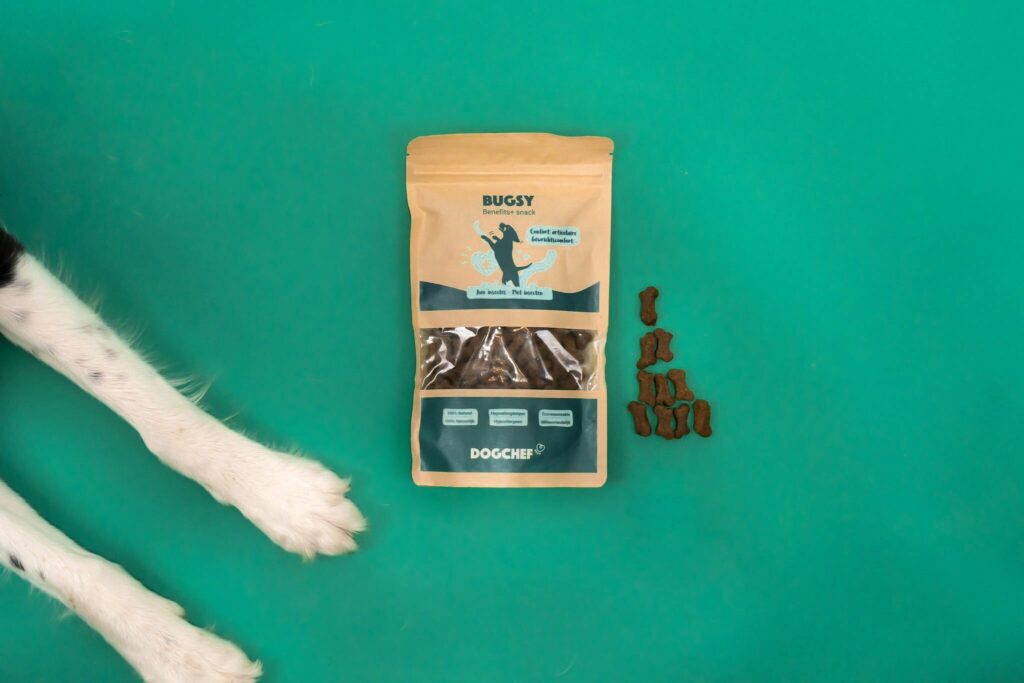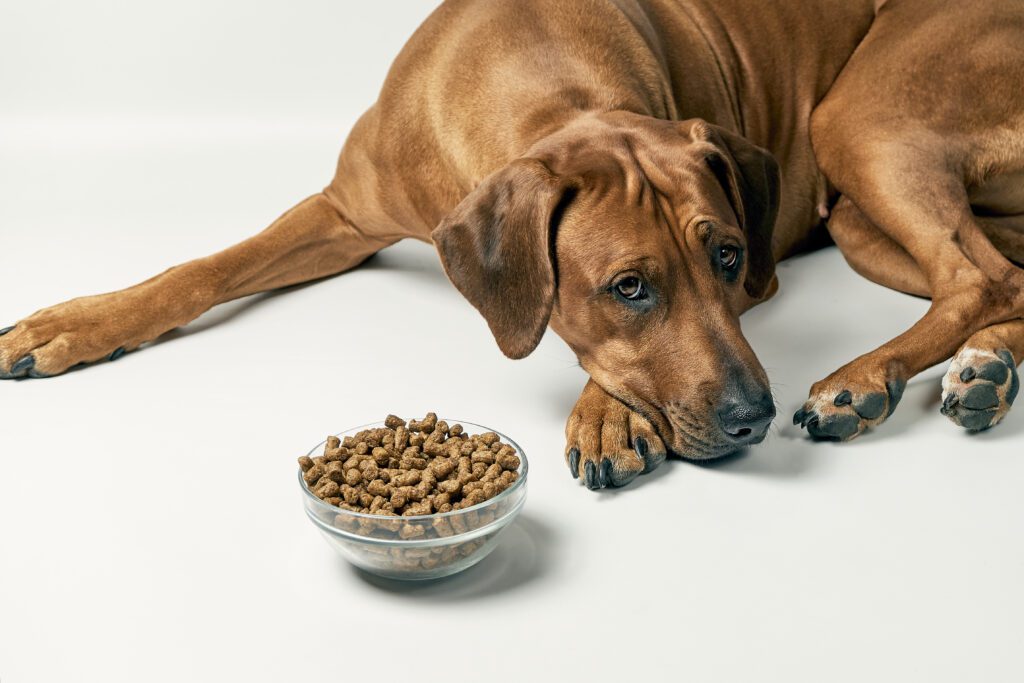A toast to accompany you in your lunch, a small piece of cheese as a snack, we can quickly let ourselves be tempted by the sweet eyes of our furry friends. In Belgium today, more than 50% of dogs suffer from being overweight or obesity. No big deal, you say? Did you know that obesity in dogs reduces their life expectancy by 2 to 3 years on average?
In this article, we take stock of the risks associated with obesity in dogs as well as concrete solutions to fight against this scourge.
To find out if your dog is wrapped up too much, you will need to assess his BCS (Body Condition Score). The BCS allows you to objectively assess whether your dog is overweight, underweight, or at an ideal weight. The score ranges between 1 (thinness) and 9 (morbid obesity). The ideal score is 5.
Start by observing your dog and be as objective as possible.
If you have difficulty feeling your dog’s ribs and spine, his waist is missing and there are more or less significant fat deposits or his abdomen is distended, your dog is overweight or obese.
Beyond being obviously overweight, the obese dog will have less endurance, it will also find it more difficult to withstand the heat and will be out of breath more quickly, will suffer from hypertension, etc. This will ultimately make him less active and further increase his weight problem.
Being overweight will also increase hip problems, hernias, osteoarthritis, cruciate ligament damage, humerus fractures.
Endocrine problems:
For example diabetes or pancreatitis.
Obesity in dogs also promotes certain types of cancers and tumours, whether benign or not.
Now that we have your full attention, we’re going to talk to you about solutions (We weren’t going to just leave you like this, though.)
The good news is that solutions exist and they are easy to implement! (you see, you won’t have come for nothing).
To maintain optimal health, your dog needs to move and exert himself to feel good both physically and mentally. So put on your walking shoes and go out for at least 30 minutes a day with your furry friend (link).
Of course, physical activity is not everything! You will probably need to rethink your dog’s diet.
Good to know: Homemade mix (link) is rich in water. A fresh meal therefore increases the volume of food ingested (without increasing the calorie intake), which has the effect of bloating the stomach. When the stomach is distended, it sends a signal of fullness to the brain. Easy, isn’t it?
Sounds complicated? Then the following is for you!
The answer is definitely YES. As we pointed out above, homemade mix offers a greater sense of fullness to dogs, but not only that! They represent a good source of prebiotics, essential for the microbiome, thanks to the cooked vegetables.
That’s not all. At Dog Chef, we have developed a powerful algorithm allowing us to calculate for you the quantities needed for your dog, whatever his condition, age or breed.
Does your dog need to lose weight? No problem. Thanks to the answers to our questionnaire, we know exactly the ideal weight in a weight loss plan. Sounds completely crazy to you? Take the test!



Votre navigateur est obsolète!
Mettez à jour votre navigateur pour afficher correctement ce site Web. Download Google Chrome